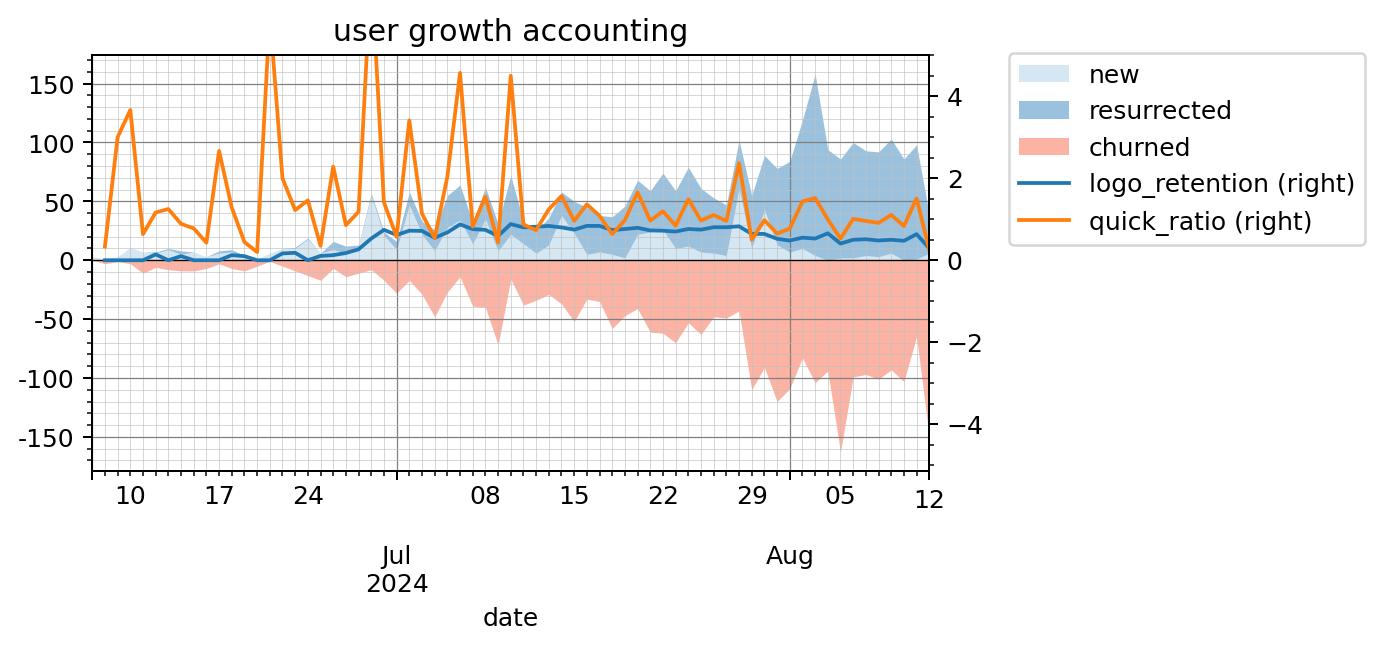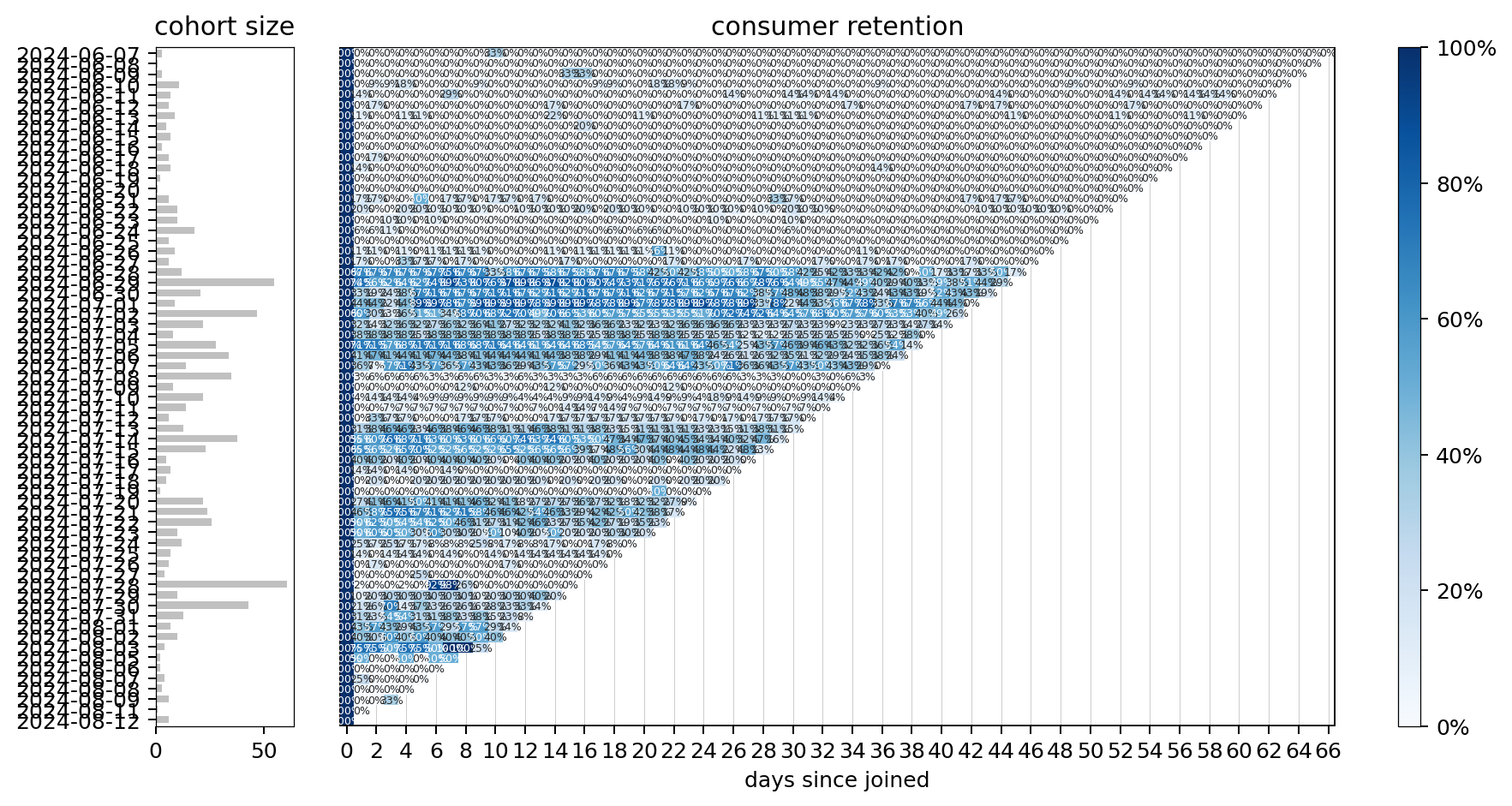However, only looking at top level numbers is misleading. Testnets are always plagued with useless contracts from tutorials or even worse, points farmers trying to disguise themselves as developers. To get a more accurate sense, we must analyze these testnet contracts to learn how to best filter away the noise.
Most of the top deployed contracts found on Berachain had no verified code, so some basic function signature matching was done first. Unsurprisingly, all top 10 of the most deployed contracts on Berachain are dummy contracts of various varieties, ranging from counters, variable holders, Hello Worlds, and more. Going further down the list, one starts to find ERC20s and oracle-like contracts, but the vast majority seems to be meaningless. We can continue this analysis, but a broad assumption is that most identical deployed contracts are likely not "meaningful" contracts. Edge cases like upgradeable proxy addresses are also fine to exclude because the implementation contract is likely still captured.
Additionally, looking at the frequency of interactions with these contracts, a simplifying assumption can be made -- contracts with less than 10 interactions are probably dummy.
Applying both filters, we come to the following statistics.
Some key observations:
Daily contract count dropped from a few thousand to ~400 daily. The consistency of the amount of new contracts created remains suspicious, but could just be a result of very diligent builders.
Deployers dropped sharply from 500-1000 daily to ~200.
Despite the filtering we've done, we still see a vibrant builder community on Berachain testnet. The ~200 deployers roughly check out against the 158 projects listed on Berachain's website, as well as the numerous unannounced Build-a-Bera projects.


